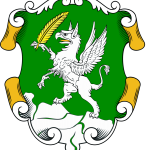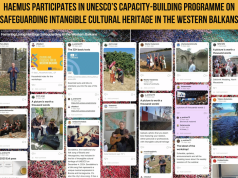
Kosovo’s Ministry of Culture hailed the discovery of the 300-square-meter Roman-era site in Dresnik, in Klina municipality, northwest Kosovo as “one of the most important in recent decades in the field of archaeology”.
The find by the Kosovo Archeological Institute is reportedly unique in Kosovo, as the floor of every room of the building is covered by colourful mosaics. Searches in the area started in 2012. Archaeologists still have not determined the exact period of construction or what its purpose was.
![A dig in Kosovo has uncovered a new Roman site - but officials fear it cannot be put up for UNESCO protection as Kosovo is not a member of the world organization [Credit: Dibran Vataj]](https://haemus.org.mk/wp-content/uploads/2014/02/Dresnik-Kossovo.jpg)
As those disputes continue, a separate problem is that Kosovo cannot propose the site for protection under the auspices of the UN Educational, Scientific and Cultural Organization, UNESCO, as Kosovo does not belong to the body.
Shkelzen Dragaj, from the Ministry of Culture, told Balkan Insight that Kosovo “has to be a member of UNESCO in order to propose premises, locations or any kind of cultural heritage for protection”. UNESCO currently has 195 member states and eight Associate Members. A country applying for membership needs to win the backing of two-thirds of the existing members in a vote.
Some sites in Kosovo already enjoy UNESCO protection – a legacy of the time when the former Serbian province was under the jurisdiction of the UN body, UNMIK. Kosovo declared independence in 2008. In 2004, the Serbian Orthodox church at Decani in western Kosovo was added to the list, as were the Serbian Orthodox Patriarchate at Pec, Gračanica monastery and the Church of the Virgin of Ljevisa, together known as Medieval Monuments in Kosovo.
Source: balkaninsight.com/





